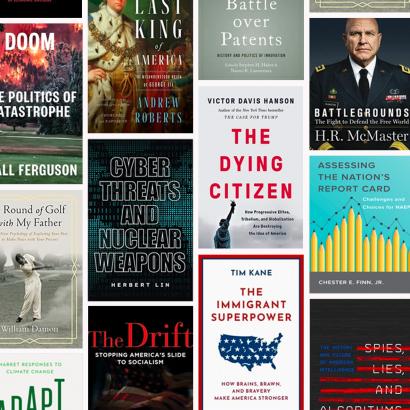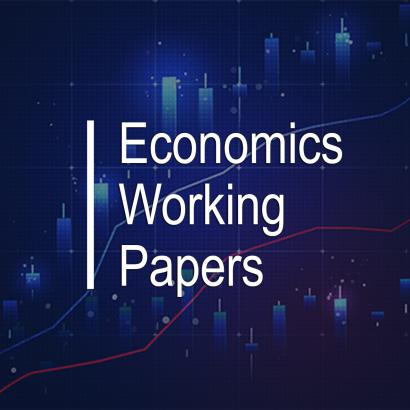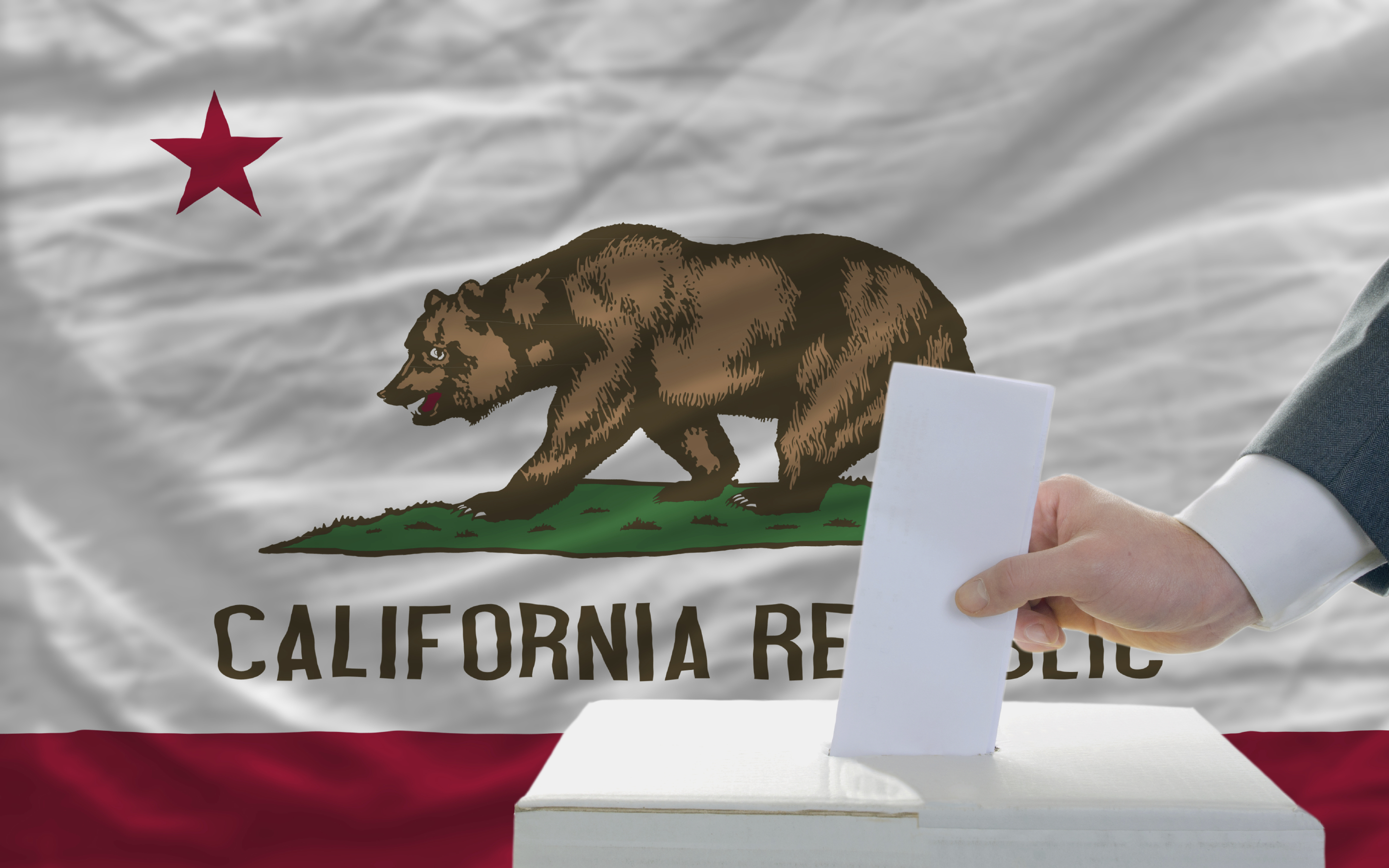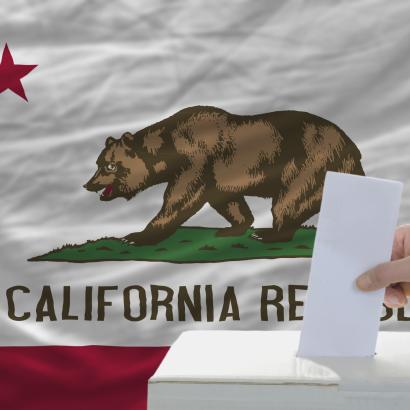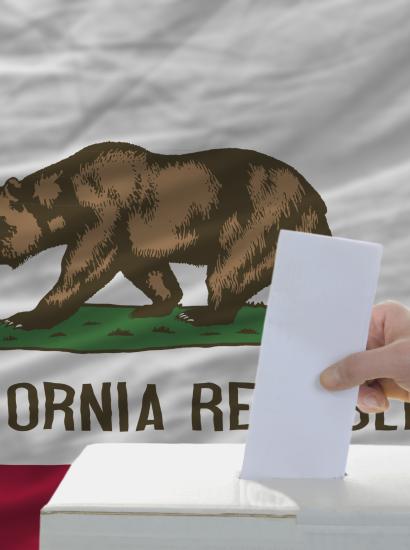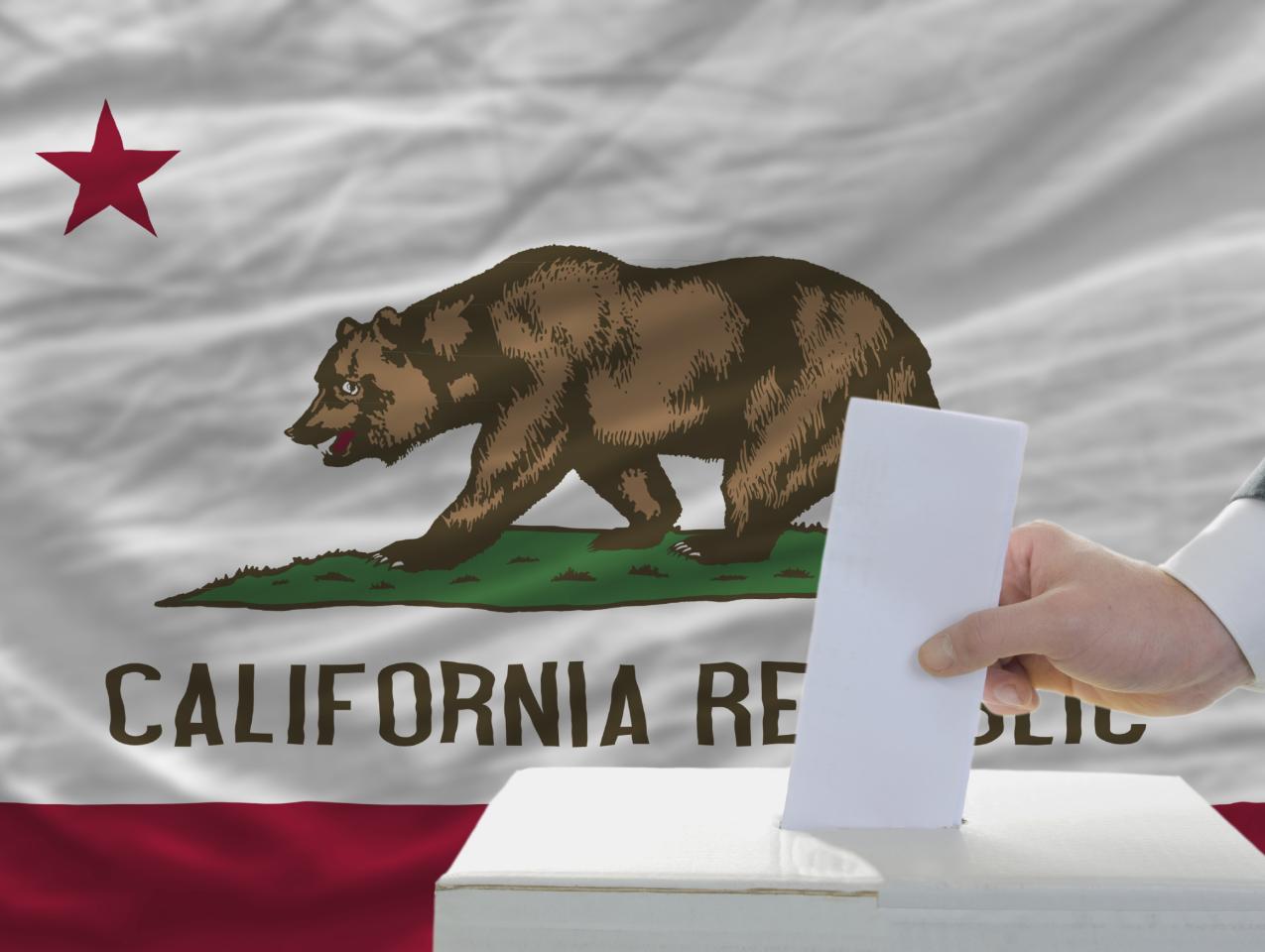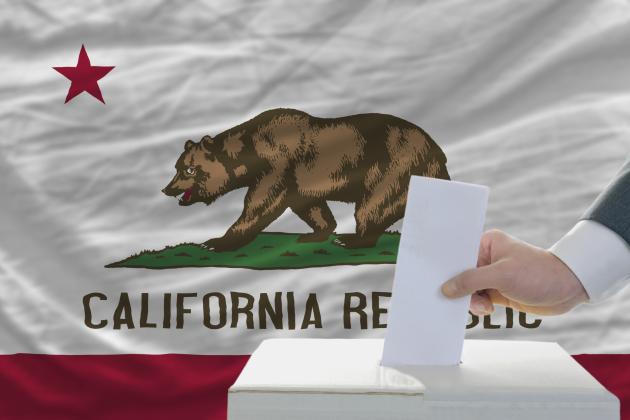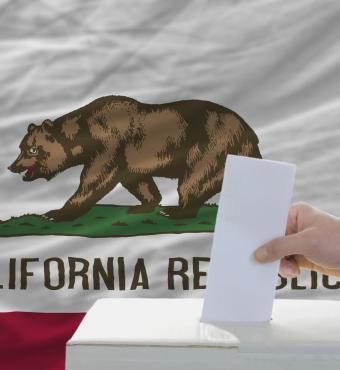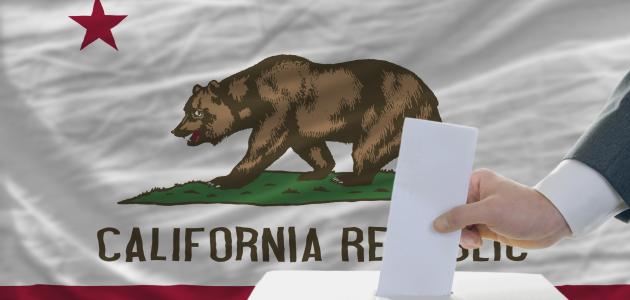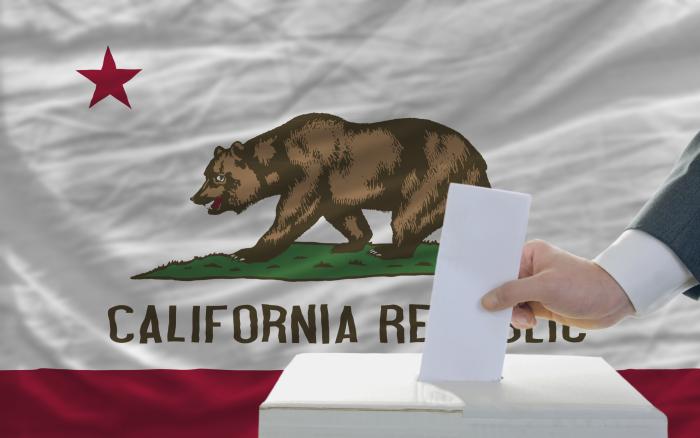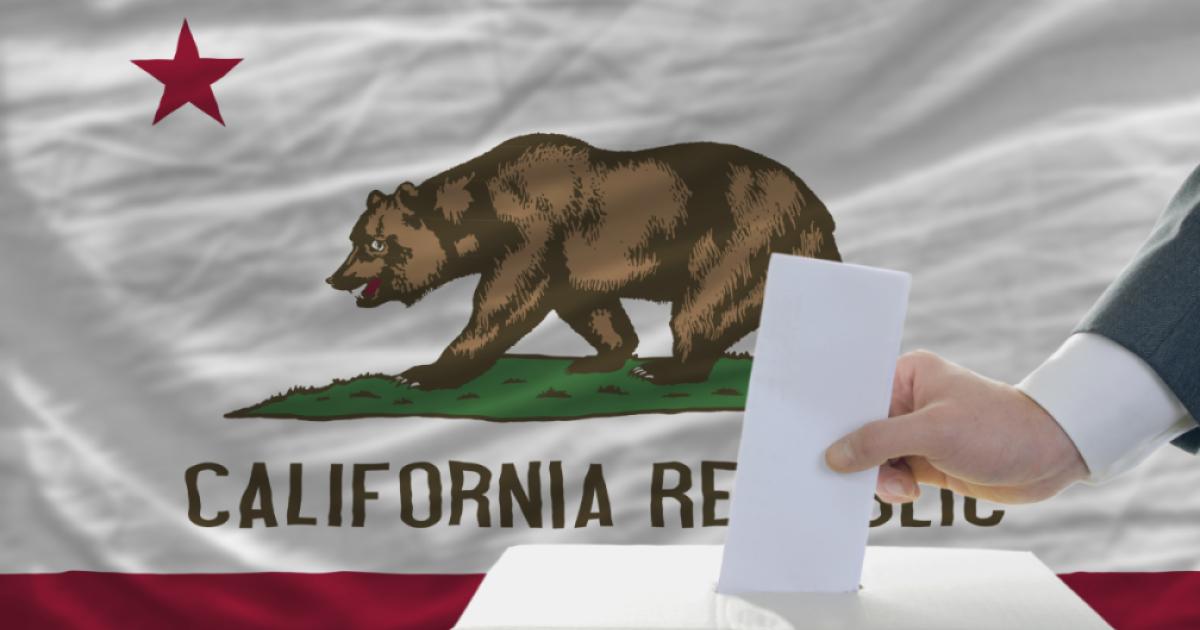- State & Local
- California
- Politics, Institutions, and Public Opinion
- Empowering State and Local Governance
Next week, after Americans have gone to the polls in various locales across the country, brace yourself for an overload of over-analysis as to what a handful of “off year” elections say about the current state of politics in the land of the free.
They include a pair of gubernatorial contests in New Jersey and Virginia—by tradition, seen as windows into the health of the party occupying the White House.
Also on the docket: a mayoral race in New York City, where the likely winner, once installed in office, will road-test whether “democratic socialism” is a utopian dream or a practical means for running an American metropolis.
A word of caution about those three contests and the concept of political bellwethers.
Virginia and New Jersey’s elections have extenuating circumstances that may cloud the results: in Virginia, a scandal-plagued Democrat running for attorney general who’s overshadowed the top-of-the-ticket race; in New Jersey, an electorate that’s averse to extended partisan runs (not since 1961 have Garden State voters gone with a governor from the same political party three consecutive times, which could spell trouble for Democratic hopeful Mikie Sherrill).
In other words, pure referenda on the Trump presidency they’re not.
As for New York City, there’s a question of what constitutes a mere victory versus a resounding mandate. Eight years ago, the city elected a mayor who, like this year’s leading candidate, championed democratic socialism—Bill DeBlasio receiving 66.5% of the citywide vote. Current polling shows mayor-in-waiting Zohran Mamdani with an average rating of 47% in a three-way race, which doesn’t speak to a landslide.
If it’s a Trump referendum you seek, allow me to introduce you to California and the upcoming vote on Proposition 50, Gov. Gavin Newsom’s effort to replace the state’s existing congressional districts with a new map that presumably will give Democrats five additional seats in the Golden State come next year’s midterm election.
While it’s obvious that Californians have made it clear how they feel about Trump in past elections—the man’s been on three California ballots dating back to 2016, maxing out at 38.3% last year (by contrast, Franklin Roosevelt appeared on four California ballots, finishing no worse than 56.5%)—here’s why the Golden State matters this time around.
First, there’s the question of the potency of a message that boils down the two words: Trump hatred.
Ads touting Proposition 50 vary from Nazi references (“Donald Trump has unleashed a blitzkrieg . . .”) to sheer mockery (this ad depicting the president as an up-past-his-bedtime California-loathing rageaholic). Subtle those ads aren’t.
The strategy is as clear as California’s summertime skies: In a state where Democrats hold a nearly 20-point advantage in voter registration (that translates to roughly one-half the population size of Los Angeles County), remind enough Democrats that a vote for Proposition 50 means a chance to “stick it to Trump on November 4th”.
But should Proposition 50 either achieve a slim victory (Newsom’s struggles to get Proposition 1 across the finish line in California’s 2024 primary comes to mind) or fail to pass? Consider it a wake-up call to a Democratic Party that envisions Trump character attacks as a ticket to regaining the House a year from now.
Then again, an underachieving Proposition 50 would be a surprise given the “yes” side’s advantages in not only what’s presumably a sympathetic audience but also vaster financial means to reach those would-be voters. According to the media tracking firm AdImpact, groups supporting Proposition 50 have spent $80 million versus only $31 million on the “no” side. Even more jarring was the disparity during the span of late September to late October, with the proponents outspending the opponents by a margin of $40 million to just $3 million.
What this bodes for California, should Proposition 50 pass, is akin to the adage of victory having a thousand fathers.
Newsom obviously would improve his standing among Democrats nationwide who yearn to derail the Trump presidency—this past weekend saw media outlets hyperventilating over Newsom’s saying he’ll consider a presidential run after the November 2026 election.
Should the initiative pass overwhelmingly, Tom Steyer, the largest donor supporting Proposition 50 and erstwhile self-funded presidential candidate, could spin the results as proof of his popularity via his late-stage ad barrage—and justification for entering the 2026 governor’s race. What Steyer might propose in the way of clean energy and the marketplace would be especially intriguing (here he is extolling the virtues of California’s cap-and-trade program that allows companies to buy and sell emission allowances).
And there are those special interests who have donated generously to the governor’s cause—all presumably with long memories and agendas of their own as Newsom prepares for his last year in Sacramento. Among the top 10 donors to the “yes” side of Proposition 50: the California Teachers Association; the California Nurses Association; the National Educational Association; and a pair of front groups for the Consumer Attorneys of California and the United Brotherhood of Carpenters.
One telling number to track after California votes: if, or how far, the vote total in this year’s special election surpasses 12,892,578. That was the vote sum in California’s last statewide special election back in September 2021—a failed attempt to recall Newsom.
The other number to watch: 58.45%. That was the turnout among registered voters in the Newsom recall vote (turnout among all voting-eligible Californians, including those not registered: 51.94%).
But there’s the matter of how Trump animates California voters.
In California’s three Trump-centric November elections, registered voter turnout ran at 75.27% (in 2016), 80.67% (in 2020) and 71.43% (in 2024). Will Trump’s involvement in this special election—this time as the butt of the “yes” campaign’s barbs and insults—prove to be yet another turnout stimulus?
But how to explain voter turnout in the offhand chance it turns out to be less than Proposition 50’s supporters expect?
If so, it might be a case of electoral fatigue.
This year’s vote on Proposition 50 is California’s fourth statewide election over the past five years. Meanwhile, conditions on the ground haven’t improved. California’s child poverty rate nearly tripled from 2021 to 2024; Newsom’s promise of 2.5 million homes built by 2030 (downgraded from 3.5 million) won’t be reached at its current pace. After expanding Medi-Cal (the state’s Medicaid program) to include all Californians regardless of legal status, the latest state budget scaled back health care for undocumented immigrants.
One wonders at what point the Golden State electorate, amid those policy struggles and failures, will sour on candidates and their causes—in Proposition 50’s case, whether $140 million in spending (and counting) could have been devoted to more tangible California concerns like better schools, safer streets, and helping the poor, as opposed to the hazier message that “democracy is on the ballot.”
To Albert Einstein’s notion that “insanity is doing the same thing over and over again and expecting different results” (like many a Mark Twain quote, words the physicist likely never uttered), welcome to today’s California.
We keep voting, but we’re not necessarily making progress.


